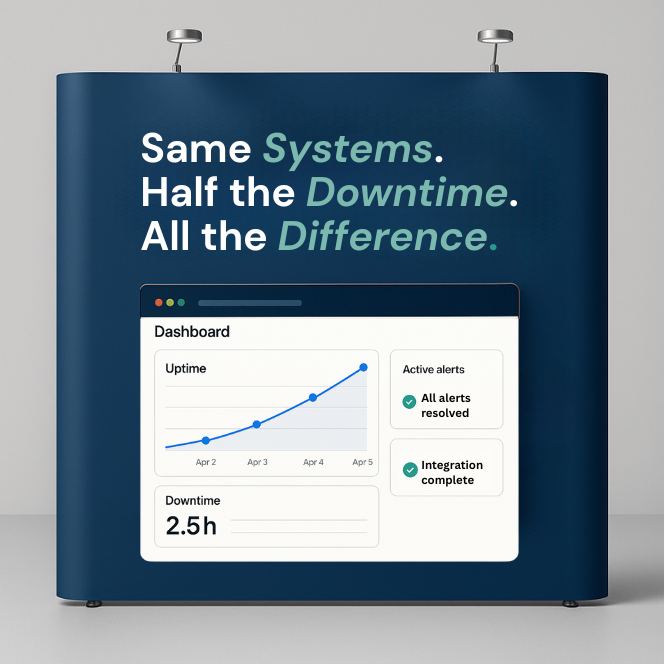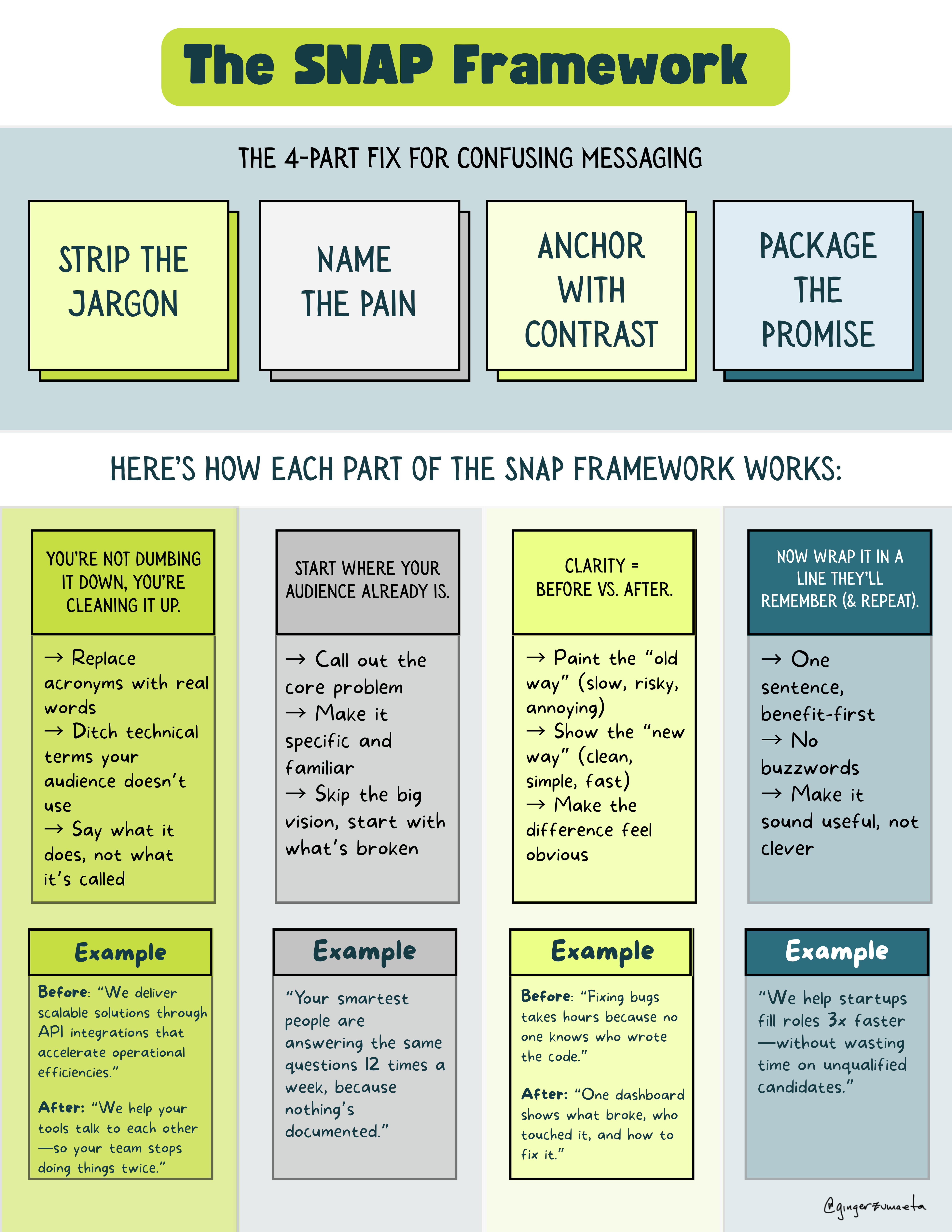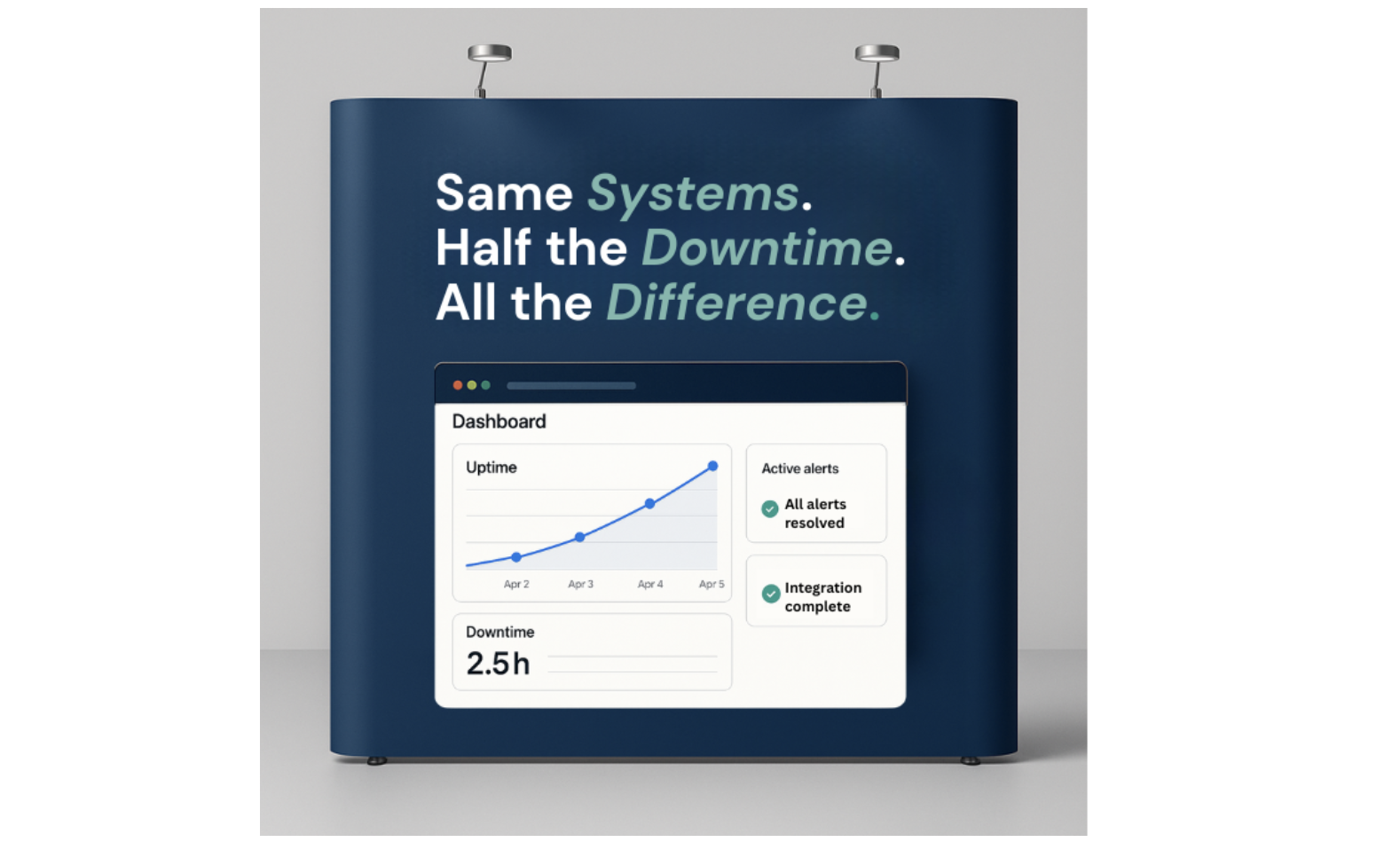You ever find yourself quoting a commercial you haven’t seen in years?
“Maybe she’s born with it…”
“Just do it.”
“Like a good neighbor…” (You sang it, didn’t you?)
Yep. That’s not by accident.
That’s repetition doing its job.
Also, people still say ‘I only use 10% of my brain.’ — It’s total nonsense. But sticky. That’s repetition, too.
And yet, many company leaders (messengers) say something once and move on.
But repetition is how people actually start to remember you.
It’s not about copy-paste. It’s about pattern recognition.
Different formats. Same point. Over and over.
Memorability is intentional consistency.
Why Repeating Yourself Feels Weird (But Works)
Repetition is a tool.
Like any tool, it can be used to amplify truth or distort it.
Our goal as ethical communicators and marketers isn’t to wear people down.
It’s to build them up—to help them truly grasp what matters.
The first time you say something, your audience is still trying to catch up.
The second time, they start to recognize it.
By the third or fourth, it finally clicks.
But most folks give up too early. They assume if they’re tired of saying it, their
audience must be tired of hearing it.
In reality, that’s when it’s finally starting to stick.
The "Rule of 7" in marketing psychology suggests that a prospect needs to hear your message at least seven times before they truly internalize it.
Though I'll be honest. I think you need to hear it way more times than 7 with the amount of stuff that gets thrown at us on a daily basis.
It’s about being intentional—taking one core idea and showing up with it—consistently—across channels and moments, until it becomes second nature to your audience.
But here’s the nuance that gets lost in most advice about repetition:
You’re not trying to hammer people into agreement.
You’re trying to clear the path so they can come to the insight themselves.
That’s ethical messaging.
You’re not forcing belief. You’re building familiarity, slowly and consistently.
Because if your message shifts too often, your audience doesn’t trust you. They don’t know what you stand for—or why it matters.
Repetition on the other hand creates familiarity and predictability. This builds trust because people can rely on you to be consistent.
Consistency breeds clarity.
And when people see something clearly—again and again—they move to action.
Not because they were pushed.
But because the trust they have in you now allows the message to finally click in a way that makes sense.
This is the real power of repetition: It helps people move themselves.
You might be thinking . . .
“But I don’t want to sound like I’m repeating myself all the time…”
You don’t have to repeat the same words. You just need to reinforce the same point.
Think of it like this:
- Tier 1: Your Core Message
- Tier 2: Variant Language (different phrasing, same idea)
- Tier 3: Anchoring Story or Proof Point
This gives your message dimension. But keeps it centered.
How repetition drives recall in real life
Let’s say your leadership team is gearing up for a product launch.
You’re presenting to investors, aligning internal teams, briefing customer success, and building external marketing.
They all hear this core idea:
"This platform helps manufacturers cut downtime in half, without replacing existing systems."
And they hear it:
- In the investor pitch deck
- In the internal kickoff call
- In the sales enablement doc
- On the product landing page
- In the explainer video
- At the trade show demo
You’re reinforcing the same value, from different angles, tailored to the moment….but always pointing to the same core.
Repetition builds recognition. Recognition builds trust. And trust is what makes people act.
Here’s What That Looks Like in Action: Example of a Trade Show Demo
A banner that displays metrics, resolved alerts, and seamless integration with existing systems—all reinforcing the same core promise that: “This platform helps manufacturers cut downtime in half, without replacing existing systems.”

Want to go even further?
Let’s get personal for a sec.
One of the lines we repeat most at Motive3 is:
“We make hard to explain easy to remember.”
That core message shows up across everything we do:
- On the homepage → Right under the brand name, front and center
- In our messaging playbook → Listed as our official tagline and used to anchor strategic alignment with our team
- In LinkedIn posts → Content regularly highlights our role in clarifying complexity
- Newsletters → We return to this message in before/after examples and clarity frameworks
- In email footers → Used subtly to reinforce the promise without needing to restate it every time.
- In podcasts → Anchors how we describe the business in under 10 words
- In workshop slides → Reinforced as the outcome clients should expect
We’re reinforcing a truth—through different moments, angles, and channels—until it becomes unmistakably ours.
And here’s one visual framework I share often on Linkedin that demonstrates exactly what we mean by making things easy to remember:

Here’s Your Tiny Challenge:
Think of the one thing you want your audience to remember about you.
☞ Pick one core line or message
☞ Repeat it across 3–5 channels this week
If it doesn’t feel repetitive yet. You’re not saying it enough.
Remember: Repetition isn’t ego. It’s generosity. You’re doing the cognitive lifting, so your audience doesn’t have to.
What’s the one line your team should be repeating—but isn’t?




















